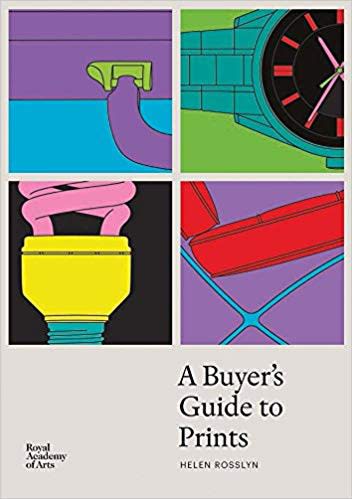Under £1,000
Explore prints from our Exhibitors
Stanley Anderson
The Clothes Peg Maker, 1953
Steel engraving
17.5 x 22.5 cm
6 7/8 x 8 7/8 in
6 7/8 x 8 7/8 in
Sanders of Oxford
Online only
Online only
£ 950.00
Signed, titled, and edition (60) in pencil by the artist. Inscribed by artist in pencil beneath plate: Ed-60- This line engraving is dedicated by the artist to John N. Hart....
Signed, titled, and edition (60) in pencil by the artist.
Inscribed by artist in pencil beneath plate:
Ed-60- This line engraving is dedicated by the artist to John N. Hart. The Clothes Peg Maker (line-engraving) Edition 60 prints.
A finely engraved print depicting a clothes peg maker, selling his wares. The print shows a rural scene with a gypsy caravan seen at the centre of the print. A man sits in front of the caravan whittling a branch, a pile of carved wooden pegs to the left. To the right a woman and her child is approaching the peg maker to make a purchase, a small pile of coins in her open right hand. In the background the man’s horse can be seen resting after pulling the caravan, grazing on the grass to the left. The delicately engraved rolling hills of the countryside can be seen in the background.
This is the final engraving that Anderson created after developing neuritis in his right hand and arm making engraving almost impossible. The prolific print collector John Napthali Hart's (1881-1963) initials are incorporated into the artist's monogram, engraved within the plate to the lower right.
Alfred Charles Stanley Anderson (1884–1966) was a British landscape artist and engraver. Anderson is most known for his fine engravings of traditional British crafts which he produced from the 1930s onwards for which he was awarded a CBE in 1951. Born in Bristol, the son of a silver engraver, Anderson attended the Merchant Venturers' Technical College, Bristol, and took classes at Bristol School of Art. Stanley learned to etch on metal whilst he was doing an heraldic engraving apprenticeship. He became a member of the Royal Society of Painter-Etchers and Engravers as an associate in 1910, becoming a fellow in 1923. In 1925, he became the engraving tutor at Goldsmiths' where he taught the artist Graham Sutherland. He became an associate of the Royal Academy in 1934 and a full member in 1941. Anderson was known for his works commenting on society and he famously was vocal in his concern for the threat to rural crafts.
Condition: Faint toning from previous mount.
Inscribed by artist in pencil beneath plate:
Ed-60- This line engraving is dedicated by the artist to John N. Hart. The Clothes Peg Maker (line-engraving) Edition 60 prints.
A finely engraved print depicting a clothes peg maker, selling his wares. The print shows a rural scene with a gypsy caravan seen at the centre of the print. A man sits in front of the caravan whittling a branch, a pile of carved wooden pegs to the left. To the right a woman and her child is approaching the peg maker to make a purchase, a small pile of coins in her open right hand. In the background the man’s horse can be seen resting after pulling the caravan, grazing on the grass to the left. The delicately engraved rolling hills of the countryside can be seen in the background.
This is the final engraving that Anderson created after developing neuritis in his right hand and arm making engraving almost impossible. The prolific print collector John Napthali Hart's (1881-1963) initials are incorporated into the artist's monogram, engraved within the plate to the lower right.
Alfred Charles Stanley Anderson (1884–1966) was a British landscape artist and engraver. Anderson is most known for his fine engravings of traditional British crafts which he produced from the 1930s onwards for which he was awarded a CBE in 1951. Born in Bristol, the son of a silver engraver, Anderson attended the Merchant Venturers' Technical College, Bristol, and took classes at Bristol School of Art. Stanley learned to etch on metal whilst he was doing an heraldic engraving apprenticeship. He became a member of the Royal Society of Painter-Etchers and Engravers as an associate in 1910, becoming a fellow in 1923. In 1925, he became the engraving tutor at Goldsmiths' where he taught the artist Graham Sutherland. He became an associate of the Royal Academy in 1934 and a full member in 1941. Anderson was known for his works commenting on society and he famously was vocal in his concern for the threat to rural crafts.
Condition: Faint toning from previous mount.
Join Our Mailing List
* denotes required fields
We will process the personal data you have supplied in accordance with our privacy policy (available on request). You can unsubscribe or change your preferences at any time by clicking the link in our emails.





 A Buyer's Guide to Prints
A Buyer's Guide to Prints